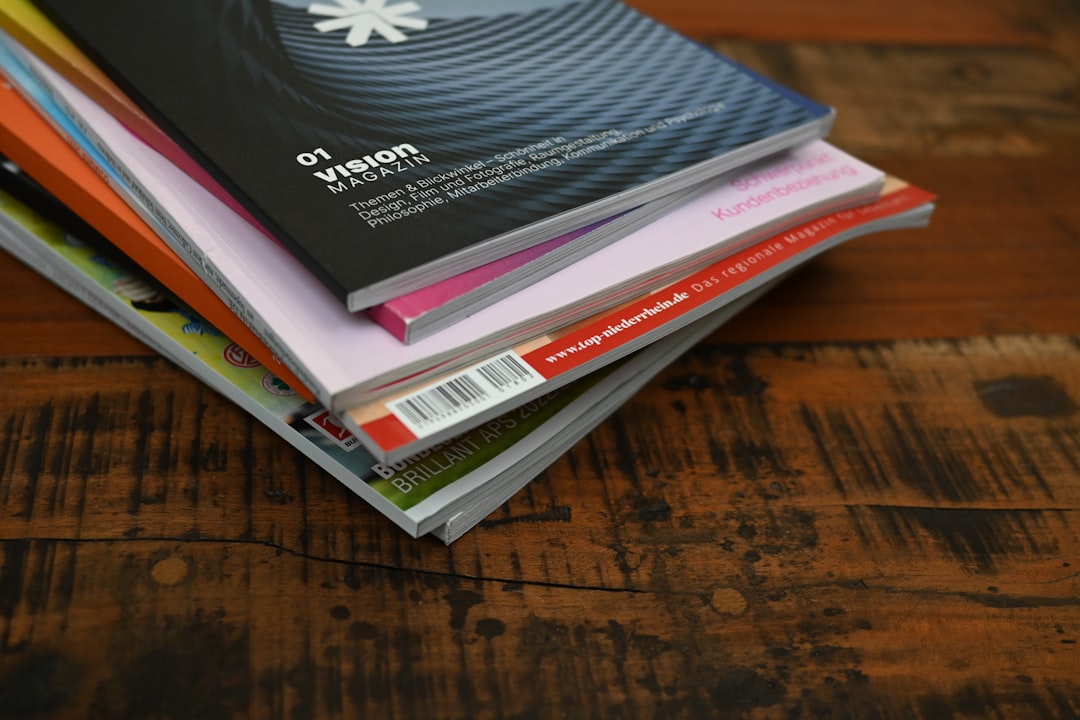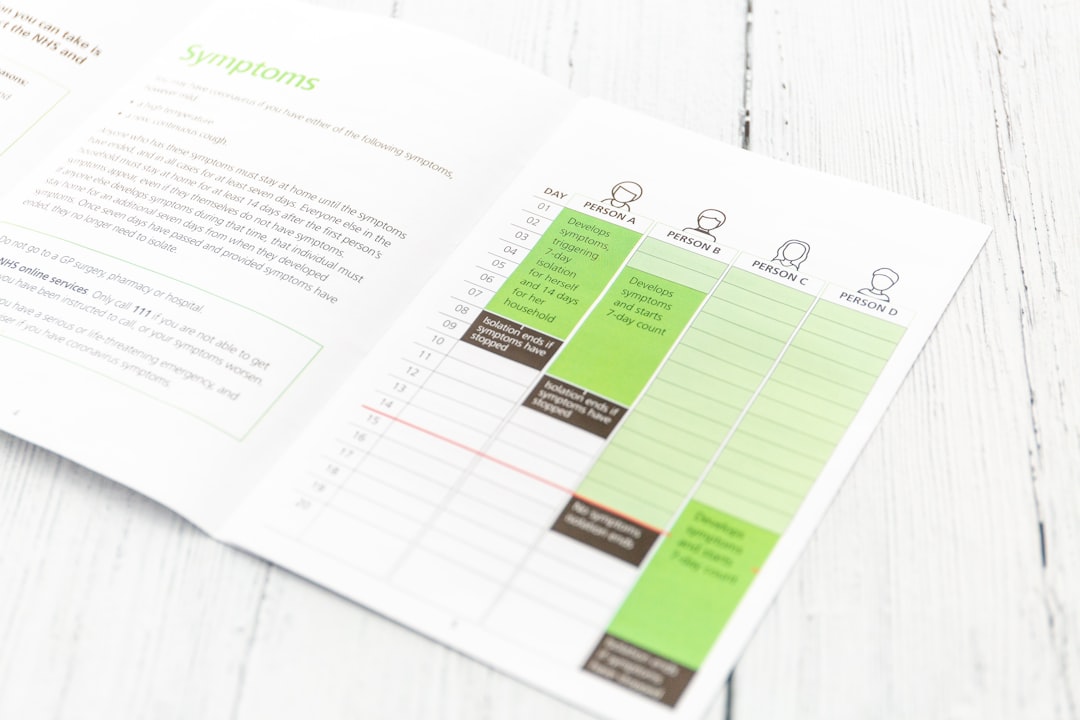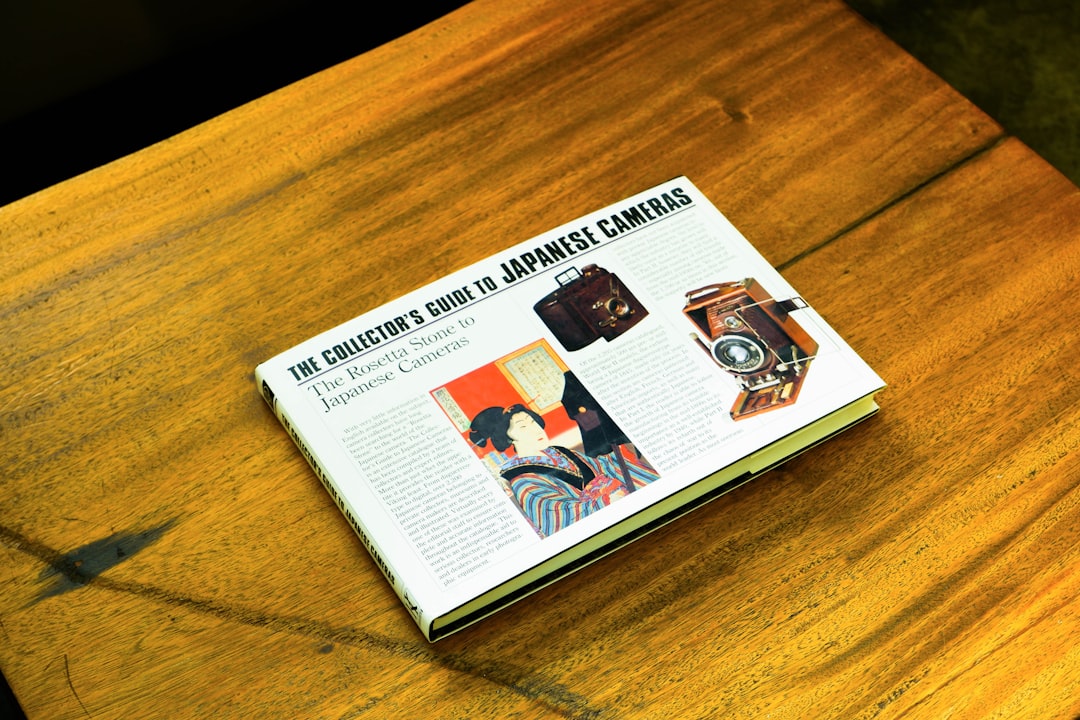When designing a brochure, one of the most critical decisions involves choosing the right fold type. The way a brochure is folded significantly affects how the information is read, how it flows, and how engaging the final product will appear to its audience. There are several different folding options, each tailored to specific needs and presentation styles. Understanding the differences between each type can help businesses, designers, and marketers create materials that are both informative and visually compelling.
Below, we explore the most common brochure folding options, along with their characteristics and best use cases.
1. Half Fold
The half fold, also known as a bi-fold, is one of the simplest and most commonly used brochure folds. It involves folding a single sheet of paper once down the center, creating two equal panels. This creates four available panels (two on each side).
Best for: Simple presentations, event programs, product overviews

- Advantages: Easy to read, clear structure, low cost
- Limitations: Limited space for extensive content
2. Tri-Fold
The tri-fold is arguably the most popular brochure format. A sheet is folded twice into three equal vertical panels. This creates six panels — three on the front and three on the back.
Best for: Marketing literature, take-away restaurant menus, informational handouts
- Advantages: Balanced space, easy to handle, fits standard envelopes
- Limitations: Requires careful design to ensure visual flow across folds
3. Z-Fold
The Z-fold, resembling the letter Z from a side view, unfolds like an accordion, making it ideal for sequential storytelling. It is especially useful in situations that require readers to view information in a specific order.

Best for: Travel brochures, instructional guides, product showcases
- Advantages: Easy to expand and fold back, allows for logical information order
- Limitations: Might not be ideal for presentations requiring a clear front cover
4. Gate Fold
The gate fold opens like double doors, where both ends of the paper fold inward to meet in the center. When opened, it reveals a large central panel. This style offers a dramatic presentation while maintaining simplicity.
Best for: High-end product showcases, event invitations, luxury service brochures
- Advantages: Great for impactful visuals, elegant look
- Limitations: More expensive to produce, limited to high-resolution content
5. Double Parallel Fold
In a double parallel fold, the paper is folded in half and then folded again in the same direction. This creates four vertical panels from a single sheet, offering more room for detailed content.
Best for: Educational literature, newsletters, and corporate brochures
- Advantages: Allows for more content without compromising layout
- Limitations: May require careful alignment for printing accuracy
6. Accordion Fold
Similar to the Z-fold, the accordion fold uses multiple folds that go back and forth in alternating directions. This allows for more panels and an expandable format that can carry a large amount of information while still being folded into a compact size.
Best for: Event schedules, step-by-step guides, maps
- Advantages: Multiple panels for segmented information, flexible design
- Limitations: Can be bulky, may overwhelm users if overfilled

7. Roll Fold
The roll fold involves folding the paper inward several times from one end to encapsulate all the panels, much like rolling a document. It is commonly used for brochures that follow a narrative or progressive informational structure.
Best for: Tutorials, service walkthroughs, healthcare information
- Advantages: Guided storytelling, good panel isolation
- Limitations: Difficult to refold properly if not designed clearly
Conclusion
Selecting the right fold for a brochure should depend on its content, purpose, and target audience. While more complex folds can elevate presentation, simplicity often ensures clarity. Whether you opt for a traditional tri-fold or a visually striking gate fold, ensuring consistency in layout and design across all panels is essential. Proper folding enhances not only print aesthetics but also the effectiveness of your message.
I’m Sophia, a front-end developer with a passion for JavaScript frameworks. I enjoy sharing tips and tricks for modern web development.
